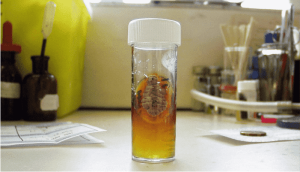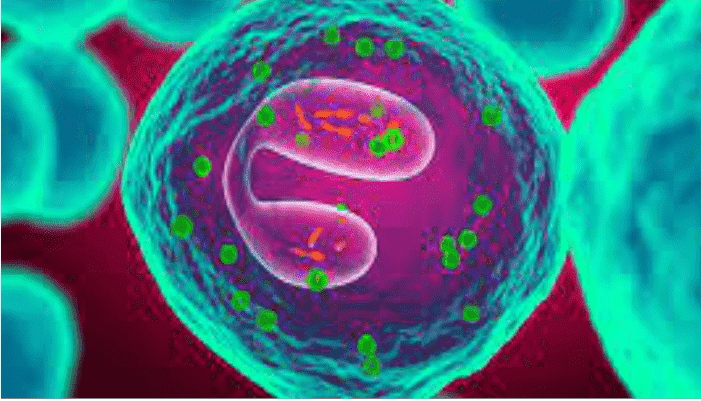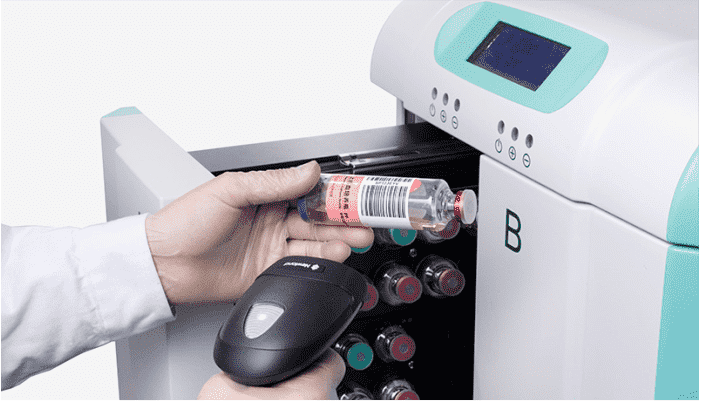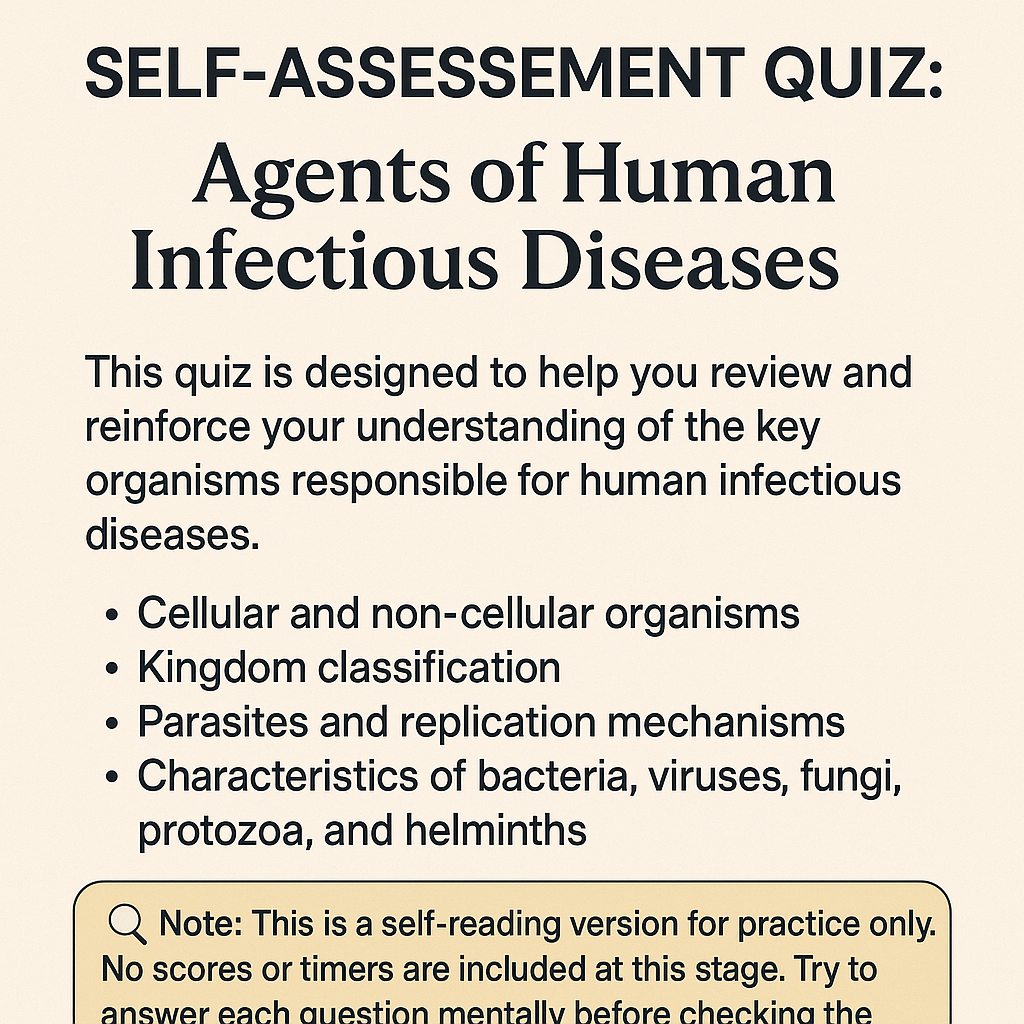Blood Fungus Culture Test

Synonyms
Fungus Culture Blood
What the Test Includes
This test involves inoculating blood directly into fungal-specific culture media at the time of collection. It is essential for identifying fungemia and diagnosing fungal infections in immunocompromised individuals.
Patient Care & Preparation
Follow preparation steps similar to Blood Culture: Aerobic and Anaerobic, including antiseptic site cleaning using alcohol and iodine.
Specimen & Collection Procedure
- Specimen: Venous blood
- Container: Biphasic fungal culture media or Isolator™ lysis centrifugation tubes
- Collection Volume: 8–10 mL of blood
- Method: Aseptic technique using sodium polyanethol sulfonate (SPS) anticoagulant
Sample Rejection Criteria
Samples without labeling or improperly collected specimens are rejected.
Turnaround Time
- Preliminary report: 1–2 days
- Final negative result: 4–6 weeks
Clinical Use
Used to isolate fungi such as Candida albicans, Candida glabrata, Histoplasma capsulatum, Cryptococcus neoformans, and Coccidioides immitis. Helps in diagnosing:
- Fungemia
- Fungal endocarditis
- Disseminated mycoses
Limitations
- Fungal infection may be present even if the blood culture is negative.
- Tissue biopsy or bone marrow sampling may be necessary for definitive diagnosis.
- Some Candida species may grow in standard bacterial blood cultures.
Methodology
- Lysis centrifugation with subculture on solid media
- Use of biphasic media (broth and agar)
- Higher yields reported from lysis centrifugation
Additional Clinical Notes
Fungemia is often seen in patients with:
- AIDS or immunodeficiency
- Long-term IV catheter use
- Antibiotic or chemotherapy treatment
- Hyperalimentation or radiation therapy
Signs like fever >38.5°C in the absence of typical symptoms should prompt suspicion for fungal infection. A proper physical exam may identify hidden fungal lesions in the mouth, genitalia, or skin folds.
Microscopic Clues
Peripheral blood smears stained with Wright’s stain may show budding yeast or pseudohyphae—suggestive of early candidemia.
References
- Bille J et al. J Clin Microbiol, 1983
- Paya CV et al. Mayo Clin Proc, 1987
- Dyess DL et al. Arch Surg, 1985
- Wey SS et al. Arch Intern Med, 1989
- Jacobs, Demott et al., “Laboratory Test Handbook,” Lexi-Comp Inc, 1994


